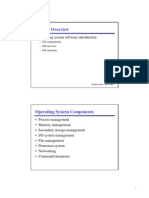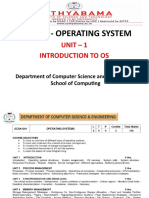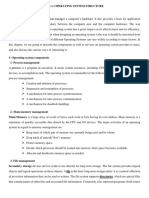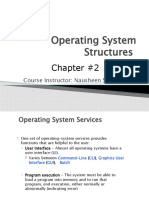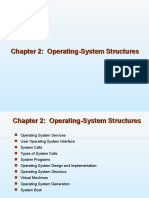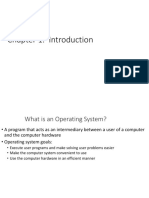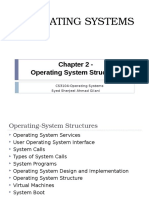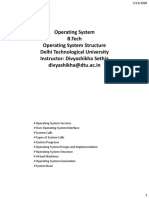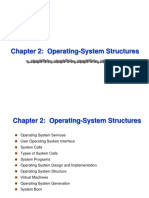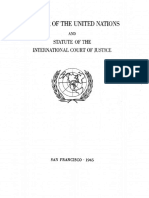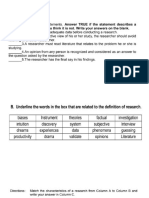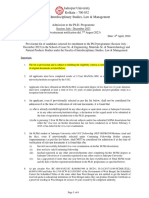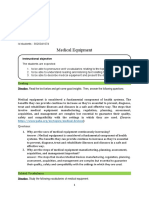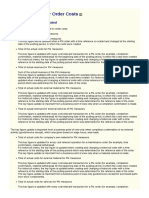0% found this document useful (0 votes)
6 views24 pages(Lecture 6) - (Operating System Structures)
The document outlines a course on Operating System Structures at IILM University, led by Dr. Swati Vashisht. It covers essential components of operating systems, including process management, memory management, file management, I/O management, and networking, as well as system calls and virtual machines. The lecture aims to introduce students to the structure and functionality of operating systems and their components.
Uploaded by
gauravhehCopyright
© © All Rights Reserved
We take content rights seriously. If you suspect this is your content, claim it here.
Available Formats
Download as PPTX, PDF, TXT or read online on Scribd
0% found this document useful (0 votes)
6 views24 pages(Lecture 6) - (Operating System Structures)
The document outlines a course on Operating System Structures at IILM University, led by Dr. Swati Vashisht. It covers essential components of operating systems, including process management, memory management, file management, I/O management, and networking, as well as system calls and virtual machines. The lecture aims to introduce students to the structure and functionality of operating systems and their components.
Uploaded by
gauravhehCopyright
© © All Rights Reserved
We take content rights seriously. If you suspect this is your content, claim it here.
Available Formats
Download as PPTX, PDF, TXT or read online on Scribd
/ 24








